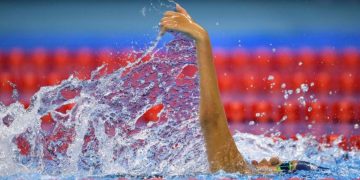Female transgender athletes must now lower their testosterone levels by half, further restricting the rules for hyperandrogenous competitors such as South Africa’s double Olympic 800 meters champion Caster Semenya.
Under new regulations introduced by the International Association of Athletics Federations (IAAF) Council, transgender athletes are no longer required to be recognised by law in their new gender but only need to provide a “signed declaration” that they identify as female.
The IAAF approved rules that require the concentration of testosterone in a female transgender athlete to be less than five nanomoles per liter continuously for a period of at least 12 months prior to being declared eligible – the previous limit was 10 nanomoles.
To keep their eligibility to compete in the female category, athletes must maintain their testosterone levels below the five-nanomole limit.
An IAAF statement said: “She must demonstrate to the satisfaction of the expert panel that the concentration of testosterone in her serum has been less than 5nmol/L continuously for a period of at least 12 months prior to being declared eligible, and must keep her serum testosterone concentration below that level to maintain her eligibility to compete in the female category.”
For athletes with differences of sexual development (DSD), or hyperandrogenism, such as Semenya, similar rules apply.
She is currently ineligible to compete and was ruled out of this year’s world championships.
Semenya is taking legal action to try to reverse the current IAAF ruling.
This article first appeared on Asia One.














